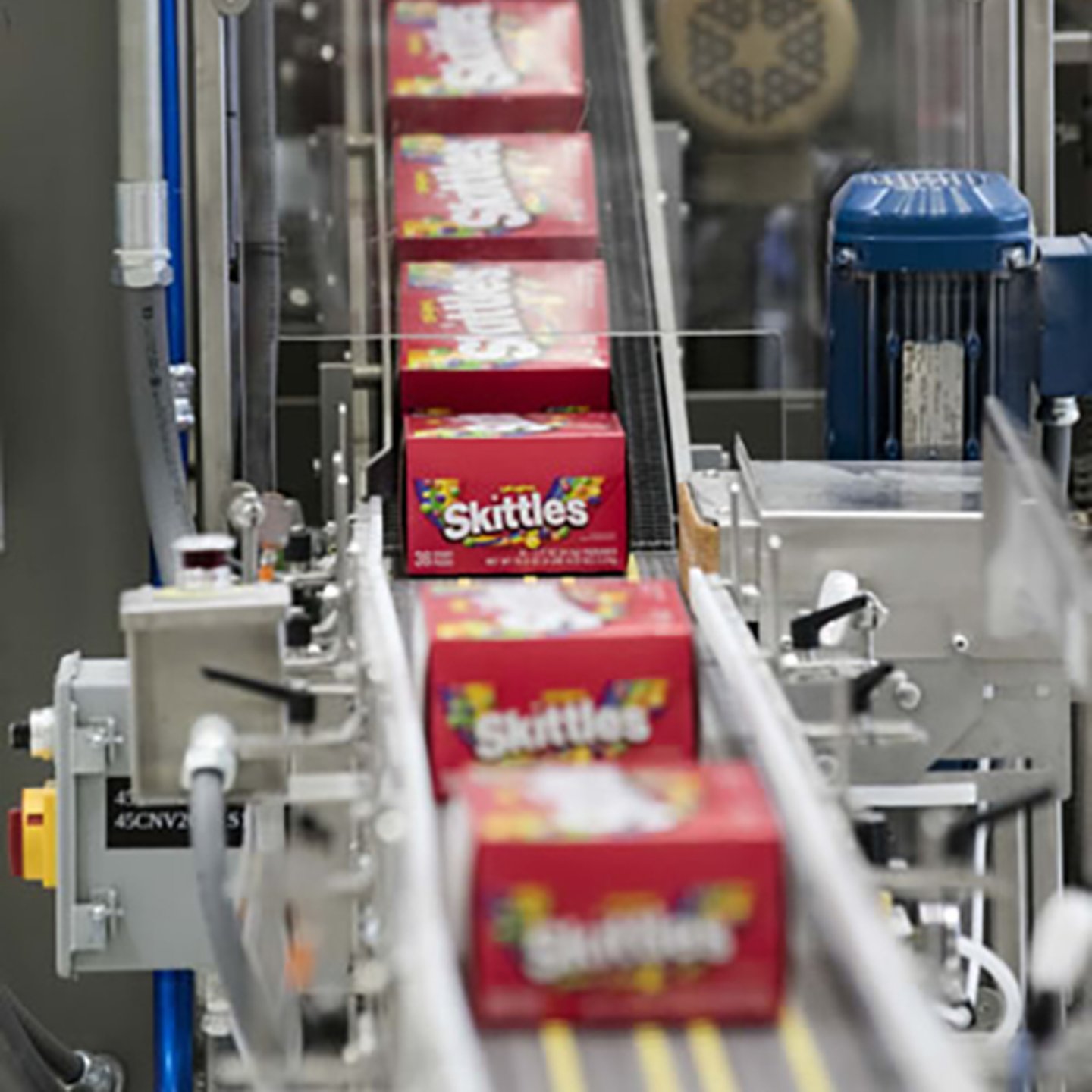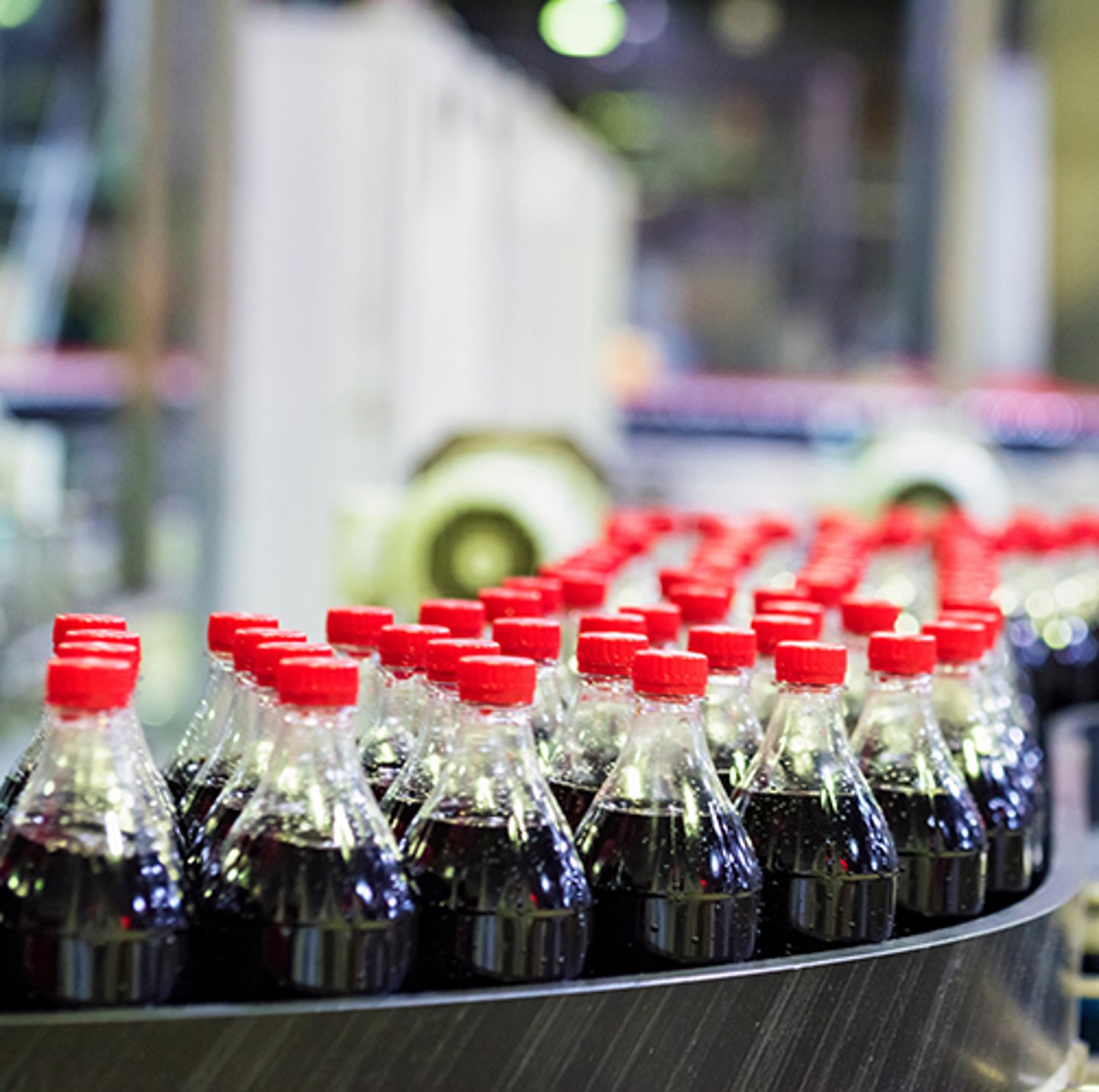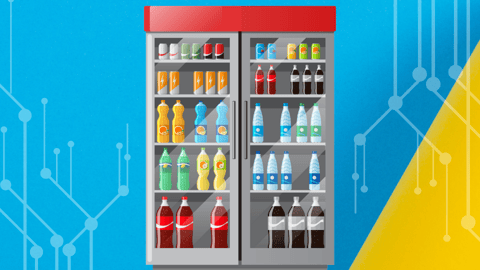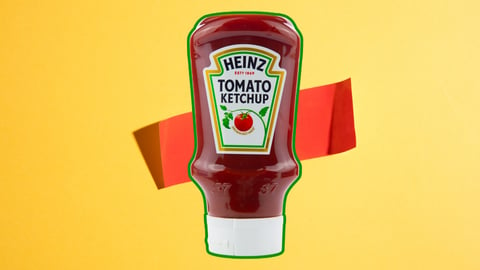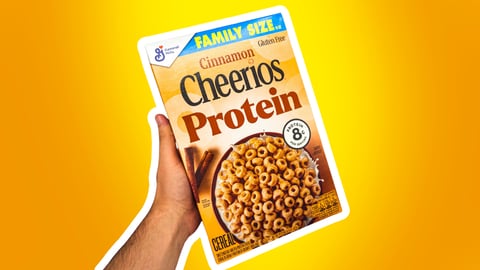Operational Investments: 5 CPGs Predicting the Future With Digital Twins
With benefits extending from increased collaboration to enhanced safety, more consumer goods companies are investing in digital twins, including Unilever, Mars, Coca-Cola, Kraft Heinz, and Johnson & Johnson.
Nineteen percent of manufacturers across industries reported using digital twins, according to an October Gartner survey shared with CGT. Another 10 percent said they plan to use them within the next year, and 17 percent said within the next two years.
By leveraging myriad technologies to provide virtual replicas of processes and/or physical objects, digital twins are particularly valued within the industry for their ability to identify manufacturing and supply chain disruptions in advance.
Predictive decision-making capabilities regarding inventory and capacity make them especially attractive solutions for increasing supply chain flexibility, agility, and resilience. Digital twins help CPGs move away from simply using KPIs, said David Simchi-Levi, leader of the Massachusetts Institute of Technology’s Data Science Lab, and instead toward proactively solving problems that may occur six weeks in the future.
Furthermore, when used by product companies, digital twin technologies can increase a company’s revenue up to 10 percent, McKinsey & Company estimates, as well as improve product quality up to 25 percent and accelerate time to market by up to 50 percent.
Bringing Future Simulations Into Operations
Though their marriage of technologies enables them to provide extremely advanced simulations, the use of digital twins need not be overly complex, Alfonso Velosa, Gartner research VP of emerging technology, noted to CGT, which is a common misconception surrounding digital twins.
Their real value comes from their ability to make an enterprise's implicit intellectual property explicit, he said. Whether that's institutional knowledge, internal processes, or customer information, by using technology like common semantic models and visualizations, consumer goods companies can achieve an integrated view of their operations for improved decision making and process improvement.
“We often see, for example, in some cases that all I need to know is where's my stuff located? What's the temperature and the pressure?” said Velosa. “That's going to be one of the things the CIO or CTO brings to the table — helping build the simplest model that is good enough for the business problem at hand.”
For Unilever, they’re indeed proving to be important tools within its digital transformation, a company spokesperson told CGT. By harnessing data, the company can monitor the performance of their equipment and systems — as well as simulate and respond to changes — for optimal execution.
- See also: Navigating the Supply Chain Do-Over
However, Simchi-Levi noted, “We see the power for companies that have implemented this, but it takes time for the company to move from, ‘I don't have anything. How do I start to implement a digital twin in my business?’”
The biggest hurdles surrounding their implementation are not necessarily the technology but rather consumer goods organizations’ propensity to operate in silos and face change management challenges, confirmed Velosa.
“The leading-edge organizations not only have clear objectives, [but also] business process transformation with clear metrics at both the executive level and at the local level,” he said.
Provided here is a snapshot of some of the top use cases of digital twins in the consumer goods industry, from product development to advancing sustainability.
Mars Reducing Time and Resources in Factories
After early trials showed success in improving factory efficiencies, Mars is extending its partnerships with Microsoft and Accenture to scale digital twins to its facilities around the world. The food and petcare manufacturer uses the tech to simulate and validate product and factory adjustments.
Example: Mars used a digital twin for a view of an Illinois factory to reduce instances of over-filling packages. By feeding manufacturing machinery sensor data into a predictive analytics model, factory line operators monitored events in real time and adjusted the filling process.
Mars now intends to use similar solutions within its pet care business in Europe and China and apply them to dozens of use cases over the next three years. Operators will receive real-time insights into both current and predictive performances.
Unilever Increasing Product Quality and De-Risking Decision Making
Unilever leverages digital twins for a range of purposes across the business, aiding such things as safety, sustainability, quality, productivity, consumer fulfillment, and cost. This extends to identifying key parameters for soap moisture levels to produce higher quality products, as well as within its scenario planning.
The digital twins have provided results that are faster, more accurate, more agile, and more efficient than what humans are capable of, a spokesperson tells CGT. “This technology will continue to help us predict and de-risk our decision-making, through enhanced knowledge of our business operations and delivering key insights.”
In offering advice for other CPGs when it comes to investing in the technology, Unilever notes that digital twins can only be as effective as the data they consume: “The more data, and the better quality the data is, the more realistic and useful the digital twins become. To be successful, businesses need to stream mass data for complex analysis, employing algorithms and machine learning to extrapolate from relative real time data to virtual reality within the digital twin.”
Coca-Cola Fueling Sustainability Goals and Streamlining Performance
Coca-Cola İçecek (CCI), a Coca-Cola bottler headquartered in Istanbul, turned to digital twins in a bid to bolster asset optimization, reduce downtime, improve manufacturing intelligence, and foster sustainability. The company partnered with AWS for the technology within its bottling plants to receive a holistic view of its manufacturing process and ultimately improve communication between the facility operators and IoT devices.
As part of this, they developed a solution for a key step in an everyday production line and manufacturing sanitation process, equipping CCI with visibility into the process in almost real time. Improving efficiency and decreasing errors in time measurement enabled the bottler to reduce annual energy use by 20 percent and annual water use by 9 percent, according to AWS.
Building a digital replica of the plant that leverages advanced analytics and artificial intelligence will also help CCI identify machine failures to boost performance on the production line, and the bottler is already expected to save 34 days of process time a year.
Kraft Heinz Reducing Downtime Before It Happens
The Kraft Heinz Company partnered with Microsoft for a broad set of digital investments that include the use of digital twins within its nearly three dozen North American manufacturing facilities.
The food company intends to use the technology to identify optimal product capacity, as well as reduce mechanical downtime by proactively addressing equipment issues.
Creating virtual replicas of plants that manufacture multiple products will enable the company to better understand design flaws and increase efficiencies, Carlos Abrams-Rivera, Kraft Heinz president of North America, told CNN, in turn increasing speed to market.
Johnson & Johnson Quickening Speed to Market
The consumer healthcare company is investing in digital twins within its factories to compare manufacturing processes for its products. In doing so, the technology helps the company reduce innovation costs and increase speed to market.
“[I]t’s faster for us, and we can get our innovation into the hands of the consumer that much quicker,” said Caroline Tillett, global head, R&D, Johnson & Johnson Consumer Health.
“It is really an exciting time … It’s the first time where we are really seeing a change in capabilities and how we can access science and how we can bring technology together to really serve our consumer," she added.




